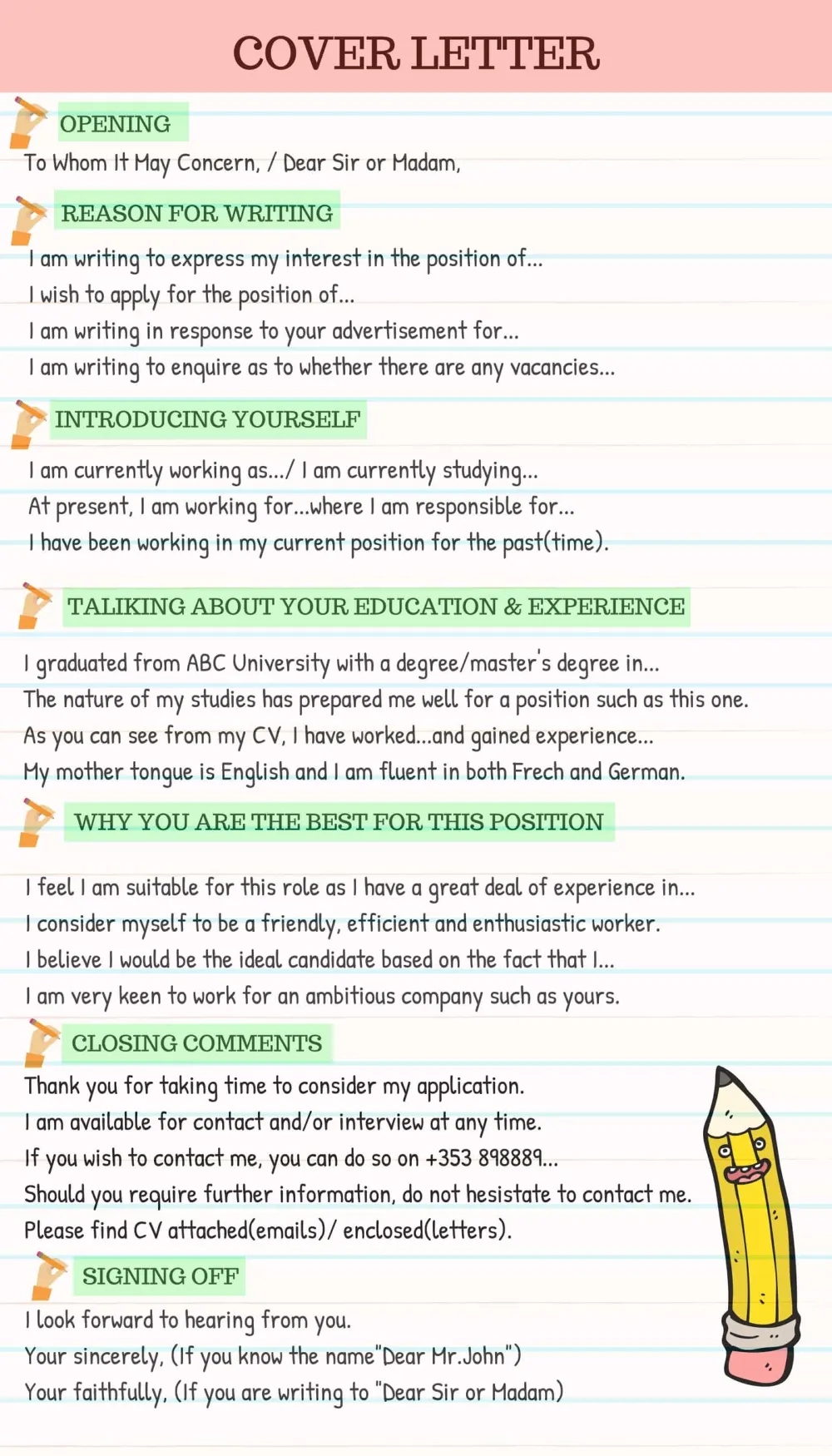The Purpose of a Cover Letter
A cover letter is a crucial part of your job application, serving as your personal introduction to a potential employer. Its primary purpose is to showcase your personality, highlight relevant skills, and express your genuine interest in the position. Unlike a resume, which provides a factual overview of your experience, a cover letter allows you to tell a story and explain why you’re the perfect fit for the role and the company. It’s your chance to make a strong first impression and persuade the hiring manager to read your resume in detail. The cover letter provides context for your qualifications, making it easier for the recruiter to understand how your skills and experiences align with the job requirements.
Why a Cover Letter Matters
In today’s competitive job market, a well-crafted cover letter can significantly increase your chances of landing an interview. It demonstrates your communication skills, attention to detail, and enthusiasm for the opportunity. Many hiring managers consider a cover letter essential, as it provides insight into your personality, writing style, and ability to articulate your qualifications. It’s an opportunity to go beyond the bullet points of your resume and explain your motivations, career goals, and how you can contribute to the company’s success. A compelling cover letter can set you apart from other applicants and make you memorable.
Moreover, a cover letter is a valuable tool for addressing any potential gaps or weaknesses in your resume. For instance, if you’re changing careers or have a short employment history, you can use your cover letter to explain your situation and highlight transferable skills. It also allows you to tailor your application to each specific job, showcasing your understanding of the company and the role, and showing that you have taken the time to learn about their needs.
How Cover Letters Enhance Your Application
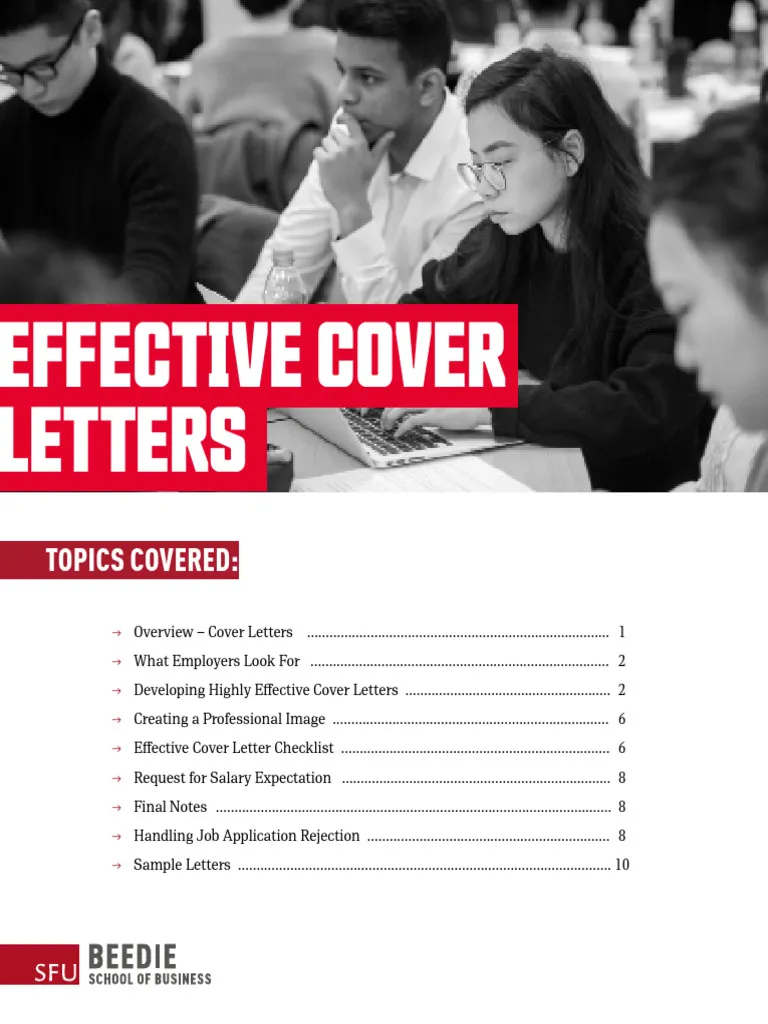
Cover letters enhance your application by providing a personalized narrative that complements your resume. While your resume lists your skills and experiences, the cover letter explains how those qualifications align with the specific job requirements and the company’s values. This personalized approach allows you to connect with the hiring manager on a deeper level, showcasing your understanding of the role and your genuine interest in the opportunity. A well-written cover letter highlights your personality, enthusiasm, and communication skills, making you a more compelling candidate and increasing the likelihood of securing an interview. By clearly articulating your value proposition, the cover letter helps the employer understand the benefits of hiring you.
Furthermore, a cover letter allows you to address the employer directly, creating a sense of connection. Use this opportunity to tailor your application to each specific job. Research the company and demonstrate that you understand their needs and challenges. Show that you’re not just looking for a job but are interested in contributing to the company’s success. This level of personalization indicates a high level of engagement and interest, setting you apart from generic applicants and making you stand out.
Key Components of an Effective Cover Letter
An effective cover letter comprises several key components that work together to create a persuasive and professional document. Each element plays a crucial role in conveying your qualifications and interest in the position. From the header to the closing, paying attention to each section is vital for leaving a positive impression.
Contact Information
Include your full name, address, phone number, and email address at the top of the cover letter. This information allows the hiring manager to easily contact you. Ensure your email address is professional; avoid using nicknames or informal addresses.
Applicant’s Name and Address

Start with your name and full address. Ensure it’s up-to-date and accurate.
Date
Include the date you are submitting the cover letter. This indicates the letter’s recency.
Recipient’s Information
Address your letter to the hiring manager or the specific contact person, if available. If possible, find out the name of the hiring manager. This shows you’ve done your research and adds a personal touch. If you can’t find a name, use a professional salutation like ‘Dear Hiring Manager’.
Salutation
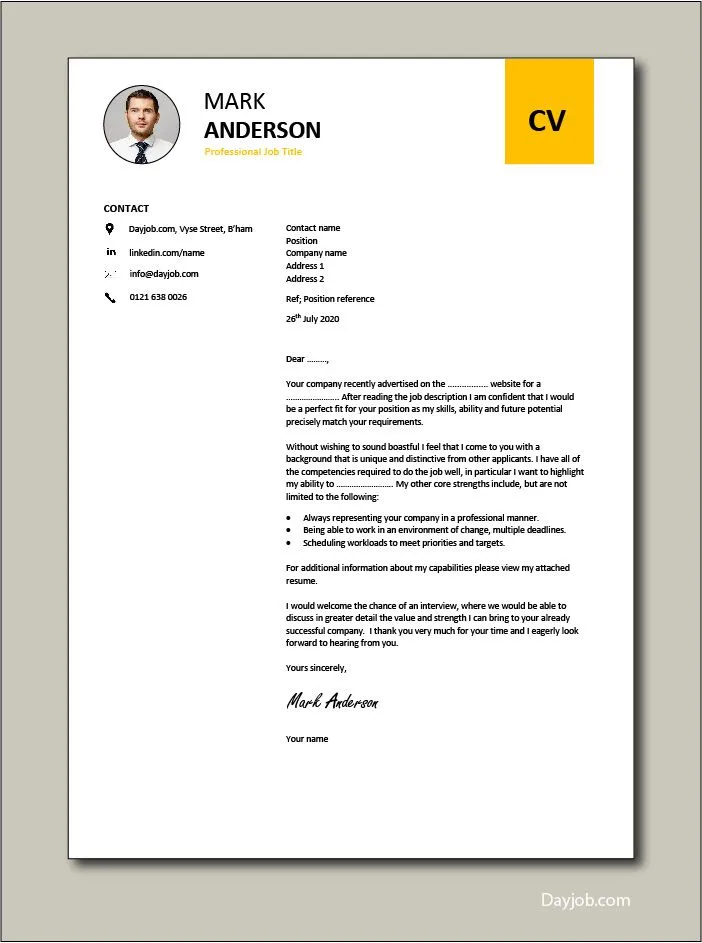
Begin with a formal salutation, such as ‘Dear Mr./Ms./Mx. [Last Name]’ or ‘Dear Hiring Manager’. Avoid generic greetings like ‘To Whom It May Concern’. The salutation sets the tone for the rest of your letter.
Formatting the Body of Your Cover Letter
The body of your cover letter is where you make your case for why you’re the ideal candidate. Structuring your content logically, with clear paragraphs, will help the hiring manager easily understand your qualifications and enthusiasm. The body should consist of an introduction, several paragraphs highlighting your skills and experience, and a conclusion. Keep paragraphs concise, usually no more than five or six sentences each. Using strong action verbs, quantifying your achievements, and tailoring your letter to the specific job are critical for making a compelling argument.
Crafting a Strong Opening Paragraph
Your opening paragraph is your first chance to grab the hiring manager’s attention. Start by clearly stating the position you are applying for and where you found the job listing. Then, briefly mention your most relevant qualification or accomplishment to immediately capture their interest. Express enthusiasm for the opportunity and the company. This initial paragraph sets the tone for your entire letter, so it must be engaging and to-the-point, and show that you’ve done your research and understand the company’s needs.
For instance, instead of a generic greeting, start with a statement about why you are excited about the role or how your experience has prepared you to solve the company’s challenges. Mentioning a specific project you worked on or skill you have that matches the job description will immediately highlight your suitability. This paragraph should also briefly summarize your key strengths and why you are a good fit for the role, making the hiring manager want to read on.
Highlighting Your Skills and Experience
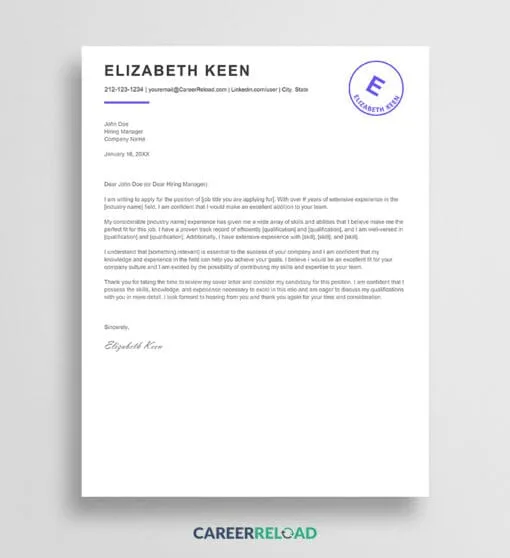
In the main body of your cover letter, provide specific examples of your skills and experiences that align with the job requirements. Instead of simply listing your responsibilities, describe your achievements and how you’ve made a positive impact in previous roles. Focus on the qualifications mentioned in the job description and demonstrate how your skills and experience match them. Use the STAR method (Situation, Task, Action, Result) to provide concrete examples of your accomplishments. For instance, describe a situation, the task you were assigned, the actions you took, and the positive results you achieved.
Furthermore, when highlighting your skills, tailor your examples to the specific job and the company. Research the company’s values, mission, and recent projects to understand what they are looking for in a candidate. Then, showcase the skills and experiences that are most relevant to their needs. This level of customization will demonstrate your genuine interest in the opportunity. Make sure to include quantifiable results to further emphasize your impact. For example, mention how you increased sales by a certain percentage or reduced costs through specific process improvements.
Tailoring Your Cover Letter to the Job Description
Tailoring your cover letter to each job description is a critical step in the application process. Carefully review the job posting, highlighting the key skills, qualifications, and experiences the employer is seeking. Then, adjust your cover letter to address those specific requirements. Demonstrate how your skills and experiences align with each of the listed needs. Use the same keywords and phrases used in the job description to show that you understand the role and are a good fit. This process shows your dedication and attention to detail, making it more likely that you will be considered.
To tailor your cover letter effectively, focus on the essential skills and experiences that the employer values most. Provide concrete examples that illustrate your abilities. This might involve describing a project where you utilized a particular skill or highlighting your achievements in a previous role. Make sure to clearly state how your qualifications meet the requirements of the job. By customizing your cover letter, you communicate your interest and make it easy for the hiring manager to see why you are a perfect fit.
Demonstrating Your Value and Achievements
Showcasing your value and accomplishments is essential for making a strong impression on the hiring manager. Go beyond listing your responsibilities and focus on the results you’ve achieved in previous roles. Quantify your achievements whenever possible. Use numbers, percentages, or specific examples to illustrate the impact you’ve made. Mentioning how you exceeded sales targets, improved customer satisfaction, or streamlined a process will make a more compelling case than simply stating your job duties. Highlight how your skills will add value to the company.
To effectively demonstrate your value, focus on the benefits you can bring to the company. Consider what the employer is looking for in a candidate and how your skills can help them achieve their goals. Provide examples of your accomplishments and describe how your actions contributed to positive outcomes. Use the STAR method to provide context for your accomplishments. Emphasize the skills that align with the job description and demonstrate your ability to deliver results, ensuring that the hiring manager sees the direct value you can provide.
Using Action Verbs to Showcase Accomplishments
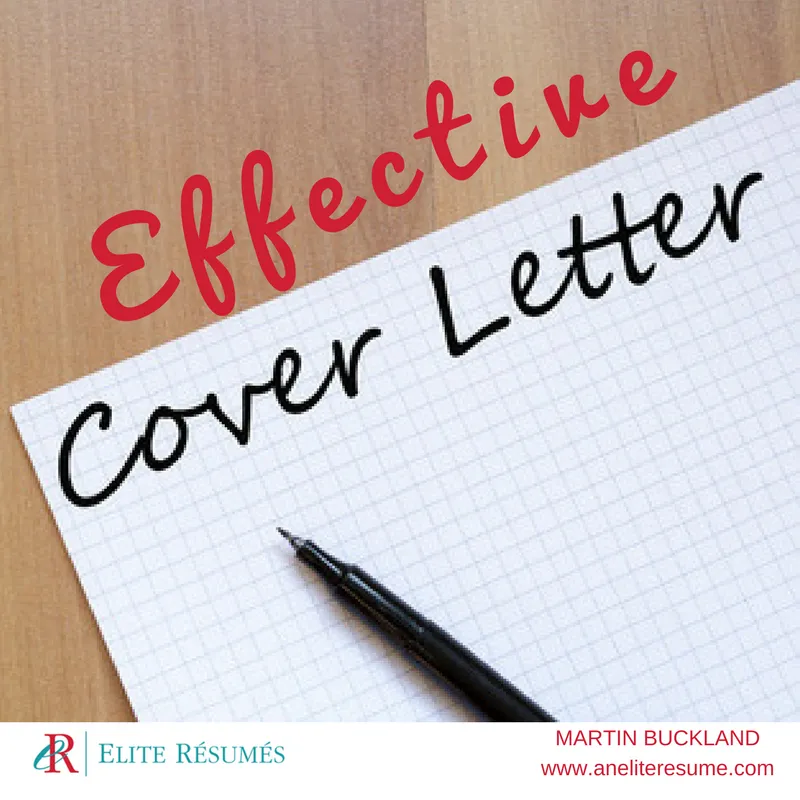
Using strong action verbs is a great way to make your cover letter more dynamic and engaging. These verbs bring your accomplishments to life and create a vivid picture for the reader. Choose action verbs that accurately describe your accomplishments and skills. Replace weak or passive language with words that demonstrate your active role in achieving results. Using action verbs helps you to avoid vague descriptions and highlight your contributions. Examples include ‘managed,’ ‘developed,’ ‘implemented,’ ’led,’ ‘created,’ ‘achieved,’ and ‘improved’.
By incorporating action verbs, you transform your cover letter into a compelling narrative. The verbs emphasize your achievements and demonstrate your proactivity and capabilities. In each example, make sure your verbs are clear, concise, and specific to the tasks you completed. By doing this, your achievements will be more memorable and impactful, and the hiring manager will get a better understanding of your skills and impact. The strong action verbs demonstrate your capabilities effectively.
Quantifying Your Achievements
Quantifying your achievements is a key strategy for making your cover letter more impactful. Whenever possible, use numbers, percentages, and specific data to illustrate your successes. Quantifiable results demonstrate your impact and provide concrete evidence of your abilities. Instead of saying ‘improved customer satisfaction,’ state ‘increased customer satisfaction scores by 15%’. This approach gives the reader a clear understanding of your contributions and the positive outcomes you achieved.
To effectively quantify your achievements, think about the results you produced in previous roles. What were your key accomplishments? What metrics can you use to measure your impact? Including this information makes it easy for the hiring manager to see the value you would bring to the company. It’s a great way to set your application apart. Quantifying achievements is more effective than making general statements. It transforms your cover letter into a persuasive document and shows your capabilities with data-driven results.
Closing Your Cover Letter
The closing of your cover letter is your final chance to make a lasting impression. It should summarize your interest in the position, express your enthusiasm, and include a call to action. The close should be both professional and memorable, leaving the reader with a positive image of you. Use this section to reiterate your key qualifications, express your excitement about the opportunity, and thank the reader for their time. It’s also a good opportunity to restate your interest in the role and make sure the reader knows how to contact you.
Expressing Enthusiasm and Interest

Expressing your enthusiasm and interest in the position is vital for making a compelling closing. Use words that convey your excitement and passion for the opportunity. Make sure to highlight how your skills align with the company’s needs and your interest in contributing to its success. Avoid generic statements and instead offer specific reasons why you are enthusiastic about the role and the company. Expressing sincere enthusiasm can increase the likelihood of securing an interview and demonstrate that you are genuinely interested.
When expressing your interest, refer to something specific you learned about the company, the role, or the team. This level of detail demonstrates your interest. Express your enthusiasm in a way that matches your personality. Whether you are reserved or outgoing, make sure your words clearly demonstrate your interest. The closing paragraph is your chance to leave a positive, memorable, and enthusiastic impression.
Including a Call to Action
Including a call to action in your cover letter is a crucial step for encouraging the hiring manager to take the next step in the hiring process. The purpose of the call to action is to prompt the reader to do something specific. It directs them how to take the next steps, such as scheduling an interview or contacting you for more information. This demonstrates your eagerness and makes it easier for the hiring manager to take action. Make it clear and concise; it can be as simple as stating that you look forward to hearing from them.
To create an effective call to action, be direct and express your availability for an interview. Indicate that you are eager to discuss your qualifications further and how you can contribute to the company. To follow up, provide your contact information again, making it easy for the hiring manager to reach you. Ensure the call to action is appropriate for the situation and is in line with the company’s culture. This will increase the likelihood of the hiring manager taking the next step.
Cover Letter Formatting and Design Tips
Proper formatting and design are essential for creating a professional and visually appealing cover letter. Following these tips will help make your letter easy to read and ensure it leaves a positive impression. Careful formatting can significantly improve your cover letter. Ensure the font choice, white space, and overall design are suitable to convey professionalism.
Choosing the Right Font and Font Size
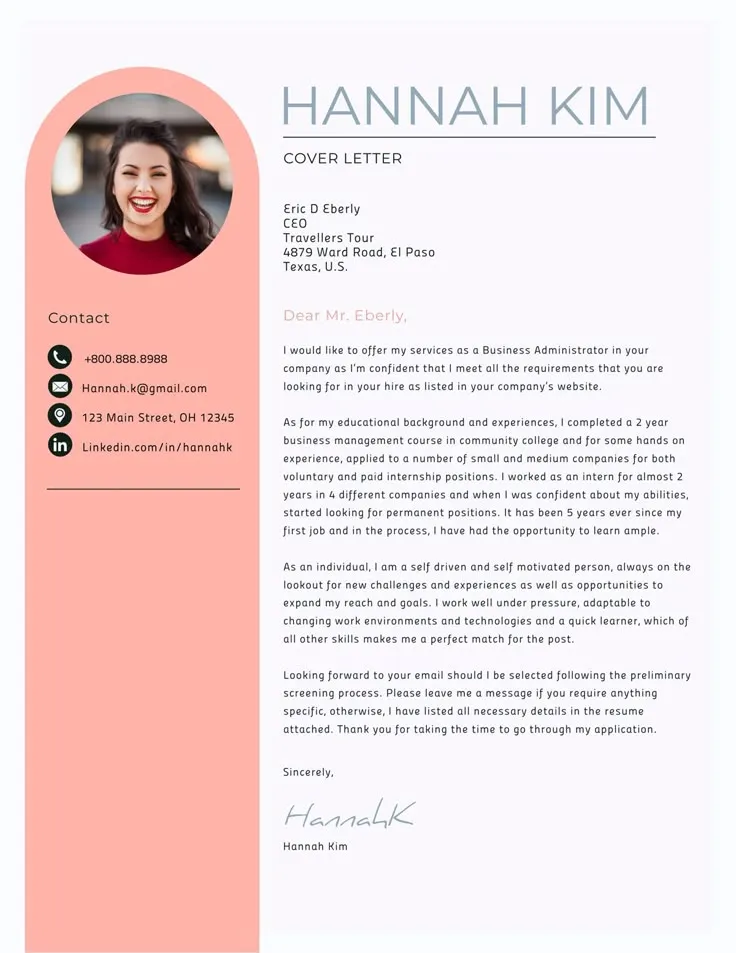
Choosing the right font and font size can significantly impact the readability and professionalism of your cover letter. Select a professional and easy-to-read font, such as Times New Roman, Arial, or Calibri. Avoid using overly decorative or unusual fonts, as they can be distracting. The font size should be between 10 and 12 points to ensure readability without being too large or too small. Maintain consistency in font choice and size throughout the document to maintain a professional look and feel.
Using White Space Effectively
Using white space effectively is vital for making your cover letter easy to read and visually appealing. Avoid overcrowding the document with text. Use ample margins, typically one inch on all sides, to give the text room to breathe. Include line breaks between paragraphs to separate ideas and create visual clarity. This reduces the feeling of a dense block of text and makes it easier for the reader to scan and comprehend the information. White space should be used consistently to keep the overall design balanced and professional.
Proofreading and Editing Your Cover Letter
Proofreading and editing your cover letter is a critical step in the application process. Carefully review your document for any errors in grammar, spelling, and punctuation. Typos and grammatical errors can create a negative impression and undermine your credibility. It’s always a good idea to have a friend or family member proofread your cover letter. They may catch mistakes you may have missed. Make sure your cover letter is free of any mistakes, as this shows attention to detail.
When proofreading, pay close attention to word choice and sentence structure. Ensure that your language is clear, concise, and professional. Look for any awkward phrasing or unclear statements and revise them to make your message more impactful. A well-proofread cover letter shows that you are attentive to detail and care about the quality of your work.
Common Cover Letter Mistakes to Avoid
Avoid common mistakes to ensure your cover letter makes a strong impression. Pay attention to these errors to avoid common pitfalls that can damage your chances. Addressing these issues is a good way to make sure your cover letter stands out for the right reasons.
Generic Cover Letters
Avoid sending generic cover letters that can be used for any job. Tailor each letter to the specific job and company. Showing that you’ve done your research and understand the company’s needs demonstrates your interest and dedication. Generic letters lack the personalization needed to impress a hiring manager. To avoid this, always research the company and the role. Make sure your application focuses on how you can meet the company’s needs.
Typos and Grammatical Errors
Always proofread your cover letter to eliminate typos and grammatical errors. These errors can detract from your credibility and professionalism. Mistakes can undermine your attention to detail and make you look careless. Proofread carefully, and have a friend or family member review your letter to catch any mistakes. Using spell-check and grammar-check tools is a good start, but they are not a substitute for careful review. Always make sure the information is accurate, and the writing is perfect.
Ignoring the Job Description
Never ignore the job description when writing your cover letter. Carefully review the job posting and highlight the key skills, qualifications, and experiences the employer is seeking. Tailor your letter to directly address the requirements of the role. Not doing so shows that you are not engaged and the requirements of the job. Use the same keywords and phrases used in the job description to demonstrate that you understand the role and are a good fit. This demonstrates your attention to detail and makes it more likely that you’ll be considered.
Cover Letter Examples to Inspire You
Reviewing cover letter examples can provide valuable inspiration and guidance for writing your own. Several examples can help you visualize different approaches and formatting styles. These examples can serve as a template to adapt and personalize to fit your specific needs. Studying well-crafted examples can enhance your cover letter writing skills.
Example 1: For a Marketing Position
Dear Hiring Manager,
I am writing to express my keen interest in the Marketing Manager position advertised on [Platform]. With five years of experience in marketing and a proven track record of driving successful campaigns, I am confident I can make a significant contribution to [Company Name].
In my previous role at [Previous Company], I led the development and execution of marketing strategies that increased lead generation by 30% and boosted brand awareness. I have a strong understanding of digital marketing, including SEO, content marketing, and social media. I am adept at creating engaging content and analyzing data to improve campaign performance.
I am particularly drawn to [Company Name]’s commitment to [Company Value or Mission]. I am excited about the prospect of applying my skills to help [Company Name] achieve its marketing goals. I am a highly motivated and results-oriented professional who is always eager to take on new challenges and deliver outstanding results.
Thank you for your time and consideration. I have attached my resume for your review and look forward to hearing from you soon.
Sincerely, [Your Name]
Example 2: For an Engineering Role
Dear [Hiring Manager Name],
I am writing to apply for the Mechanical Engineer position at [Company Name], as advertised on [Platform]. With a Bachelor’s degree in Mechanical Engineering and three years of experience in designing and implementing engineering solutions, I am excited about the opportunity to contribute to your team.
During my time at [Previous Company], I successfully designed and implemented a new production process that reduced manufacturing costs by 15%. I am proficient in CAD software, including [Software names], and have experience in project management and problem-solving. I am confident in my ability to tackle the challenges of this role.
I am highly impressed by [Company Name]’s innovative approach to [Industry/Area]. I am eager to learn more and am confident I can bring my skills to achieve your goals.
Thank you for considering my application. I look forward to the opportunity to discuss my qualifications further.
Sincerely, [Your Name]
Example 3: For a Software Development Job
Dear [Hiring Manager Name],
I am writing to express my interest in the Software Developer position advertised on [Platform]. With a strong background in software development and a passion for creating innovative solutions, I am eager to join [Company Name].
In my previous role at [Previous Company], I was a key member of the team that developed a new mobile application that garnered over 100,000 downloads. I am proficient in [Programming Languages] and experienced in software testing, debugging, and deployment. I am confident that my technical skills and experience align well with this position.
I admire [Company Name]’s commitment to cutting-edge technology and its impact on the industry. I am eager to utilize my skills to help [Company Name] achieve its goals.
Thank you for your time and consideration. I look forward to the opportunity to hear from you.
Sincerely, [Your Name]
Tips for Customizing Your Cover Letter
Customizing your cover letter is essential for making a strong impression. Avoid using generic templates and tailor your letter to each specific job. Personalizing your cover letter will significantly increase the likelihood of getting an interview. By carefully matching the skills and experiences from the job, you create a document that is impactful and engaging.
Researching the Company
Before writing your cover letter, research the company to understand its mission, values, and recent projects. This information will help you tailor your letter to the company’s needs and demonstrate your genuine interest. Researching the company helps you identify specific ways you can contribute. Visit the company’s website, read news articles, and explore their social media presence. Show that you understand the company’s culture and objectives. This will show the company that you are interested.
Matching Skills to Requirements
Carefully review the job description, and highlight the key skills and qualifications. Then, match your skills and experiences to these requirements. Focus on the qualifications and experiences the employer values most. For each skill mentioned in the job description, provide examples of how you’ve used this skill and achieved results. This shows that you’re a strong fit for the role. Make sure your skills are clear and you are capable of achieving the desired results.
Showcasing Your Personality
Letting your personality shine through your cover letter can make your application more memorable. Use a tone that is professional and authentic. Choose words and phrases that reflect your communication style. You should showcase your enthusiasm for the role, your interest in the company, and your enthusiasm for making contributions. Make sure to be clear about your motivation, and what you can bring to the company.
The Importance of a Strong Subject Line
The subject line of your email is your first opportunity to capture the hiring manager’s attention, so make sure you create a strong and effective one. A well-crafted subject line is vital for ensuring that your application gets noticed. Keep your subject line clear, concise, and professional. Use the job title and mention your name. A well-written subject line can significantly increase the likelihood of your application being opened and reviewed. Don’t make it generic or vague.
For instance, use the job title, and your name to help the hiring manager quickly identify the position you are applying for. You can also include a brief statement of your key skill or qualification that aligns with the job requirements, making the hiring manager want to know more. Use a strong subject line that increases the chances that the hiring manager will open your application.
Key Takeaways and Best Practices
Creating an effective cover letter is essential for job seekers. Following best practices can help you stand out from the competition and increase your chances of securing an interview. By focusing on the key points and following these best practices, you can create a compelling and persuasive cover letter that gets results.
- Tailor each cover letter to the specific job and company.
- Highlight your relevant skills and achievements.
- Quantify your accomplishments whenever possible.
- Use strong action verbs to describe your experience.
- Proofread and edit your cover letter carefully.
- Express your enthusiasm and interest in the position.
- Include a call to action.
- Use a professional and easy-to-read format.
- Research the company and match your skills to their needs.
- Let your personality shine through.
